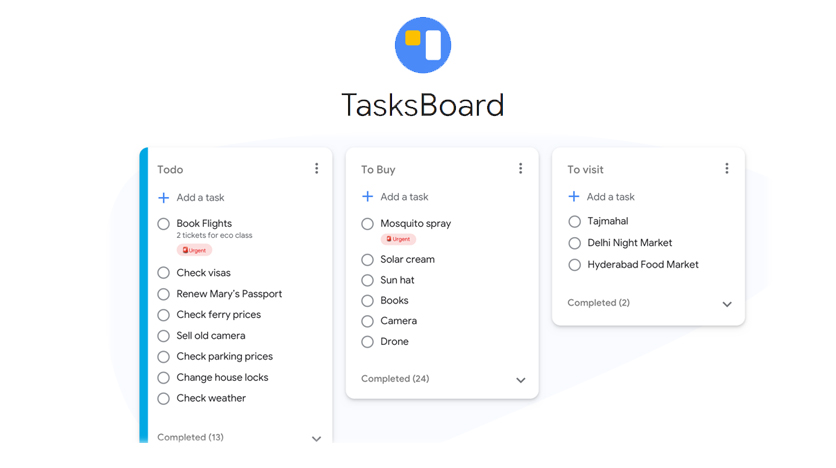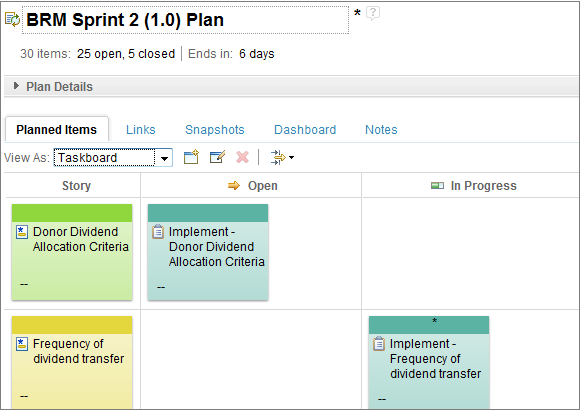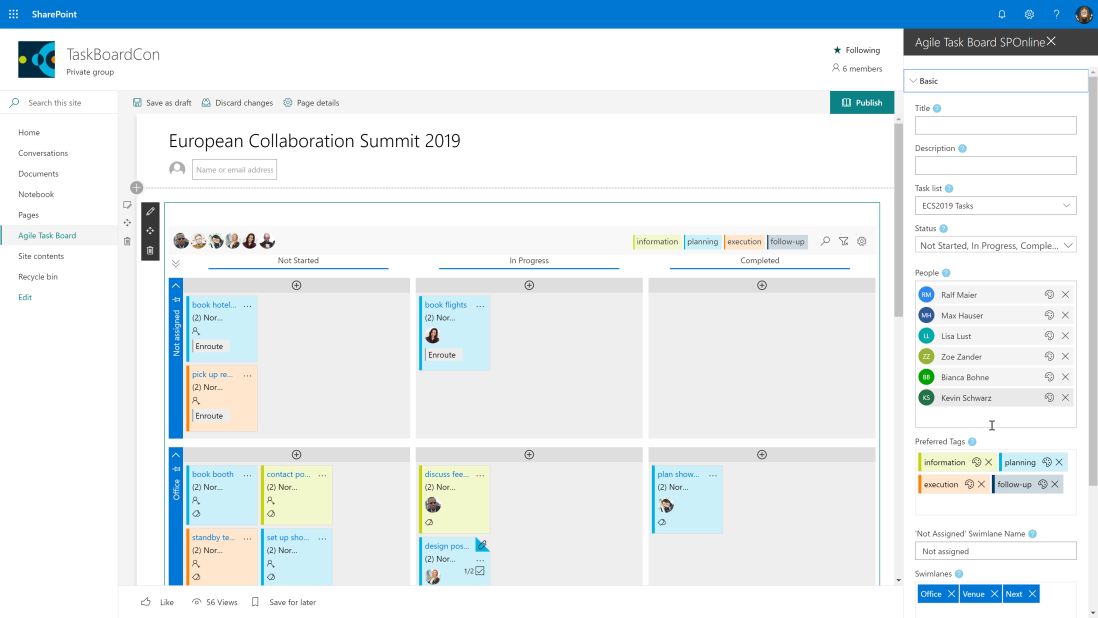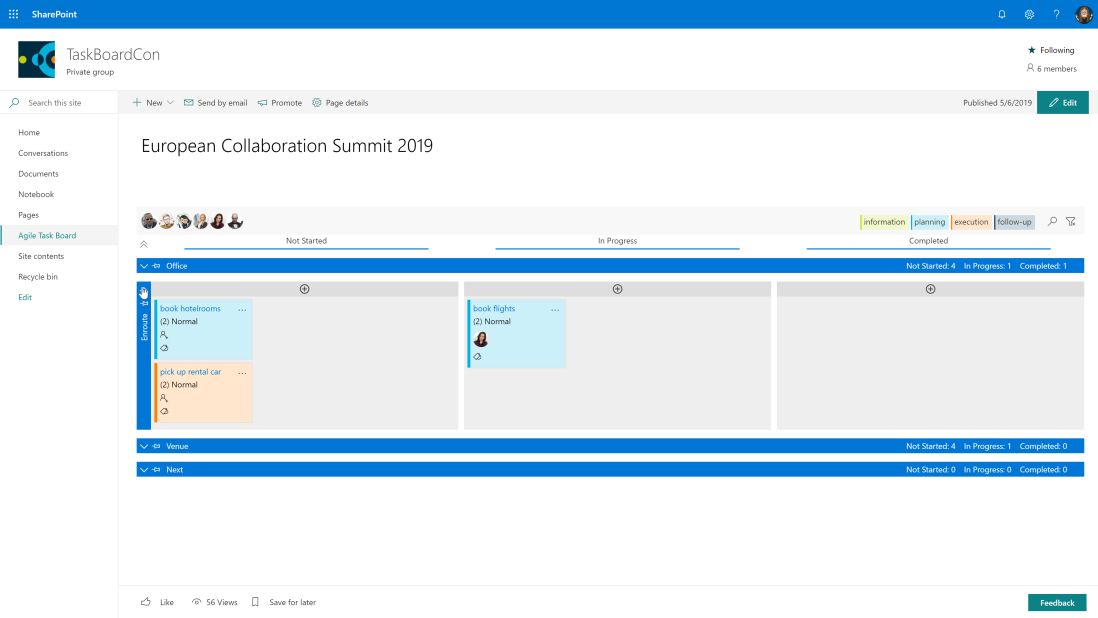
TASKBOARD PRICING UPDATE
This quick update feature is useful when you need to update many work items at once.

You can update most fields shown on the card. In this case, the State field updates from Doing to Done.Īnother handy feature is to update a field without having to open the work item. Moving the card from In Progress to the Done column on the Task board, for example, updates the corresponding State field. To change the order or stack ranking of a work item, you drag a card up or down within a column. To update status of a work item, you simply drag-and-drop cards to a different column. Making daily or frequent updates helps everyone on your team stay in sync with what's been done and what needs doing next.

Using the board views provides you with quick and easy ways to update work items as work progresses. When you're done with your changes, choose Save.
TASKBOARD PRICING PLUS
Plus icon and enter the name of a field you want to add. For example, Show Remaining Work only applies to tasks and perhaps bugs, but not to user stories or product backlog items. Don't be surprised if the options change when you choose a different work item type. Repeat this step for each work item type you want to change. You change the way cards appear on the Taskboard in the same way you change the appearance of cards on Kanban boards. Add or remove fields from cards on the Taskboard If you're new to working with these tools, see Sprint planning. Also, add fields with information that you can use to filter the board.

Or, you can show fields based on updates when using the Taskboards. Your best bet is to show fields on cards based on what your team frequently refers to. Does your team like to refer to work items by their ID? Do they want to see estimates? Do they want to highlight work items according to set criteria? Or, do just the bare bones of title and assignment suffice? It all depends on what's of interest to your team. You can either increase or simplify the information that displays on your cards.

In the background, the status of the work package will be adjusted accordingly. If a task is updated or completed, it can be moved to the respective column by a team member using drag&drop. The new task will be created as a child element of the user story in the same row. Here, you can set the fields Subject, Assigned To, and Remaining Hours. Clicking on the +-icon next to a user story opens a window to create a new task. Therefore, you can immediately see the status of a user story and its associated tasks. You will find user stories in the left column, followed by their individual tasks (as child work packages) which are sorted by status. To open the task board view, click on the small arrow next to the respective sprint, and select Task board in the drop-down menu. The digital task board thus allows team members to get a fast overview of the current state of a sprint. To support daily scrum meetings, all of a team’s tasks and sprint impediments are recorded in a digital task board.


 0 kommentar(er)
0 kommentar(er)
